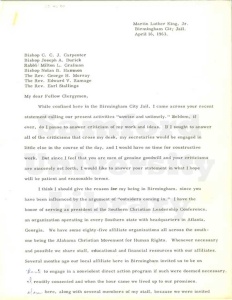Recently, while reading the article, “Dispatches From the NCAA’s Deathbed” I got to thinking, how much longer will amateurism last in college athletics? While thinking this I couldn’t help but link the course material reading for our PolySci class to a very similar topic which was discussed in a Sports Sociology class I took this semester.
In the article, “Dispatches From the NCAA’s Deathbed” they talked about Ed O’Bannon and his ongoing trial with the NCAA over the right to his name and likeness used in NCAA basketball video game. Ironically, in the video, “Schooled” they talked about the same trial. We watched this video for the sociology class I was taking and they talked about many interesting points, which relate to the, “Dispatches From the NCAA’s Deathbed” article.
Throughout the video the topic of athlete’s rights were discussed and whether or not these were being violated. Many people believed they were, and that athletes are performing for their universities, and bringing in huge profits, especially with football and basketball. In the video they also talk about how the NCAA cannot stay together forever operating under this “amateurism” code. Walter Byers, the man who invented the term “amateurism” and the athletic scholarship for the NCAA even was quoted towards the end of his life saying, “…the system cannot be upheld forever, today’s college athletic’s have become far too commercialized.” So this is the main problem here. The athletes are being cheated out of money for their performance, as well as their likeness, image, and name, as is the case with Ed O’Bannon.
The NCAA is crumbling and the Ed O’Bannon case may be the start of the downfall. In the article, “Dispatches From the NCAA’s Deathbed” they go on to talk about how things are not looking good for the NCAA due to the fact of that the judge, Claudia Wilken, will most likely not side with NCAA. She is not caught up in the politics of the NCAA and the connections that the commercial world has to the NCAA. She also just not very caught up in the sports world as well, being described in the article as “…not knowing all that much generally about sports.” So the sympathy for the NCAA is not there.
Overall, the takeaway which I get from both this article and movie is that amateurism in the NCAA is a dying concept. It was created at a time where NCAA sports were not heavily entrenched with commercialistic undertones, taking advantage of student-athletes while making huge profits for themselves. In the end it is just a matter of time until student-athletes will be paid, in my opinion and according to the article and movie which I have described, it may be sooner than later.












